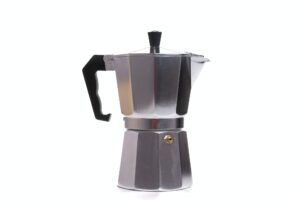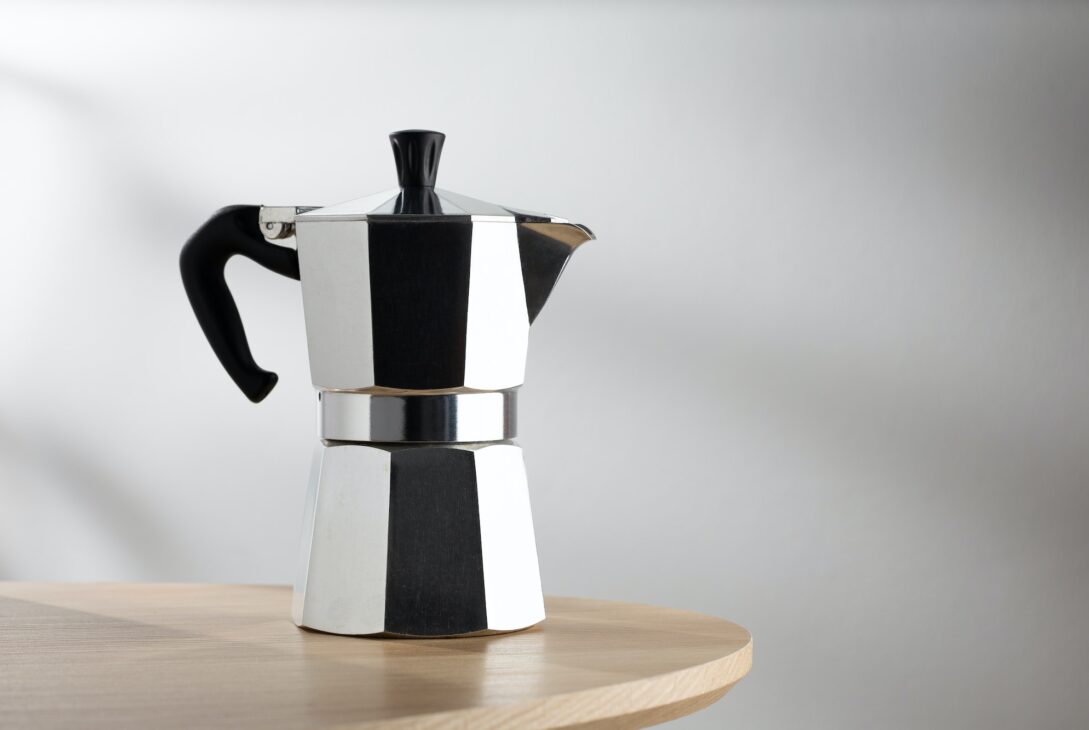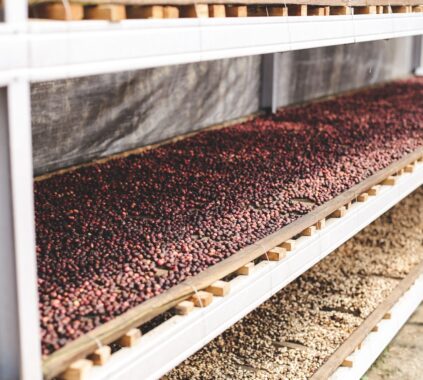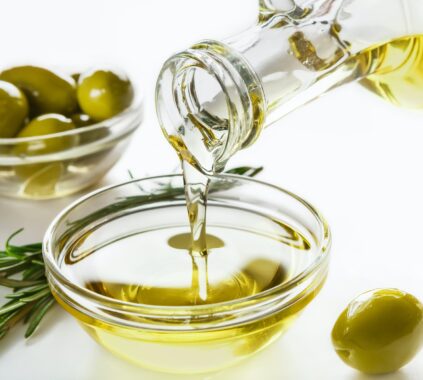Aluminum vs Stainless Steel Moka Pot
Introduction
Ah, the age-old battle of aluminum vs stainless steel moka pots. It’s like the coffee lover’s version of Batman vs Superman, except the only thing at stake is the perfect cup of joe. So, if you’re a coffee aficionado and you’re having a hard time choosing between these two titans of the moka pot world, you’ve come to the right place. Let’s dive into the world of moka pots and find out which one reigns supreme!
Table of Contents
History of Moka Pots
Before we get into the nitty-gritty, let’s take a quick stroll down memory lane. The moka pot was invented in 1933 by Alfonso Bialetti, an Italian engineer who wanted to bring the taste of Italian espresso to homes across the world. And boy, did he succeed! Today, these little pots are found in kitchens everywhere, brewing up strong, aromatic coffee with ease. Check out this post on moka pots!
Aluminum Moka Pots

Pros of Aluminum Moka Pots
Affordability
If you’re on a tight budget, aluminum moka pots might just be your new best friend. They’re typically less expensive than their stainless steel counterparts, so you can save some cash for that fancy coffee you’ve been eyeing.
Heat Conductivity
Aluminum is an excellent heat conductor, which means it heats up quickly and distributes heat evenly. This translates to faster brewing times and a consistent cup of coffee every time.
Lightweight
Aluminum moka pots are relatively lightweight, making them easy to maneuver and transport. If you’re always on the go, an aluminum moka pot might be your trusty travel companion.
Cons of Aluminum Moka Pots
Reactivity
The downside of aluminum is that it’s a reactive metal. This means it can sometimes impart a metallic taste to your coffee, especially if it’s not properly cleaned or maintained. This might not bother some, but it could be a deal-breaker for others.
Durability
While aluminum moka pots are generally sturdy, they’re not as durable as stainless steel ones. Over time, aluminum can warp or become damaged, which means you might find yourself shopping for a new moka pot sooner than you’d like.
Stainless Steel Moka Pots

Pros of Stainless Steel Moka Pots
Non-Reactive
Stainless steel is a non-reactive material, so you won’t have to worry about any funky flavors messing with your coffee. Your taste buds can rejoice!
Durability
Stainless steel moka pots are built to last. They’re resistant to rust, corrosion, and other damage that might plague their aluminum cousins. So, if you’re the type of person who treats their kitchen gadgets like cherished family heirlooms, a stainless steel moka pot might be right up your alley.
Aesthetic Appeal
Let’s face it: stainless steel just looks fancy. With its sleek and shiny appearance, a stainless steel moka pot is like the James Bond of coffee makers – stylish, sophisticated, and always ready to impress.
Cons of Stainless Steel Moka Pots
Price
Unfortunately, all that glitters isn’t free. Stainless steel moka pots tend to be more expensive than aluminum ones, so you might have to dig a little deeper into your pockets to bring one home.
Weight
While not exactly a heavyweight champion, stainless steel moka pots are generally heavier than aluminum ones. This might not be a big deal for some, but if you’re planning to take your moka pot on a backpacking trip or a coffee-fueled adventure, it could be a bit of a bummer.
| Feature | Aluminum Moka Pot | Stainless Steel Moka Pot |
|---|---|---|
| Affordability | ✅ Budget-friendly | ❌ Fancy pants prices |
| Heat Conductivity | ✅ Hot stuff | ⚖️ Not too shabby |
| Lightweight | ✅ Featherweight champ | ❌ The heavyweight kid |
| Reactivity | ❌ Metallic vibes | ✅ Smooth operator |
| Durability | ⚖️ Good, not great | ✅ Indestructible |
| Aesthetic Appeal | ⚖️ Cute, but casual | ✅ Shiny, shiny |
| Induction Compatibility | ❌ No can do | ⚖️ Some can tango |
Who Wins? Aluminum or Stainless Steel?
So, who wins the battle of aluminum vs stainless steel moka pots? Well, it depends on your priorities. If affordability, lightweight design, and quick heat conductivity are your main concerns, aluminum might be your go-to choice. However, if you’re looking for a non-reactive, durable, and aesthetically pleasing moka pot, stainless steel might be worth the investment.
At the end of the day, both aluminum and stainless steel moka pots can brew up a mean cup of coffee. It’s just a matter of which one suits your needs and preferences best.
FAQs
Can I use my aluminum or stainless steel moka pot on an induction stove?
Aluminum moka pots aren’t induction-compatible, but some stainless steel moka pots are. If you have an induction stove, make sure to check the product specifications before making a purchase.
Do I need to clean my moka pot after every use?
Yes, to maintain optimal taste and performance, it’s best to clean your moka pot after each use. Just remember to let it cool down before you start scrubbing!
How do I know which size moka pot to choose?
Moka pots come in various sizes, typically measured by the number of espresso cups they can produce. Think about your coffee-drinking habits and choose a size that suits your needs.
Can I use any type of coffee grounds in my moka pot?
While you can technically use any coffee grounds, it’s best to opt for a fine to medium grind. Too coarse, and your coffee might be weak; too fine, and you could end up with a clogged moka pot.
Are there any alternatives to aluminum and stainless steel moka pots?
There are some moka pots made from other materials, like ceramic or glass, but they’re not as common. Aluminum and stainless steel moka pots are the most popular choices, and for good reason – they’re reliable, durable, and capable of brewing up some seriously tasty coffee.
Daily Demitasse is a participant in the Amazon Services LLC Associates Program, an affiliate advertising program designed to provide a means for sites to earn advertising fees by advertising and linking to Amazon.com. We also participate in other affiliate programs which compensate us for referring traffic.














